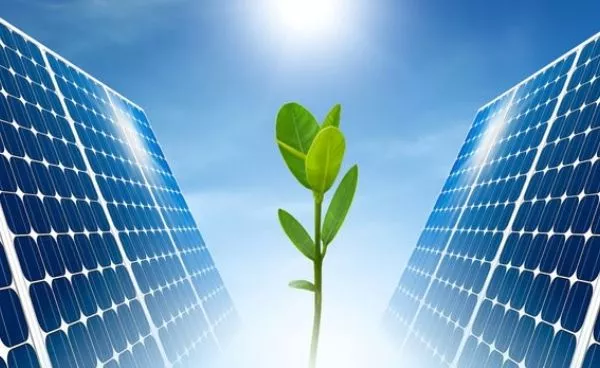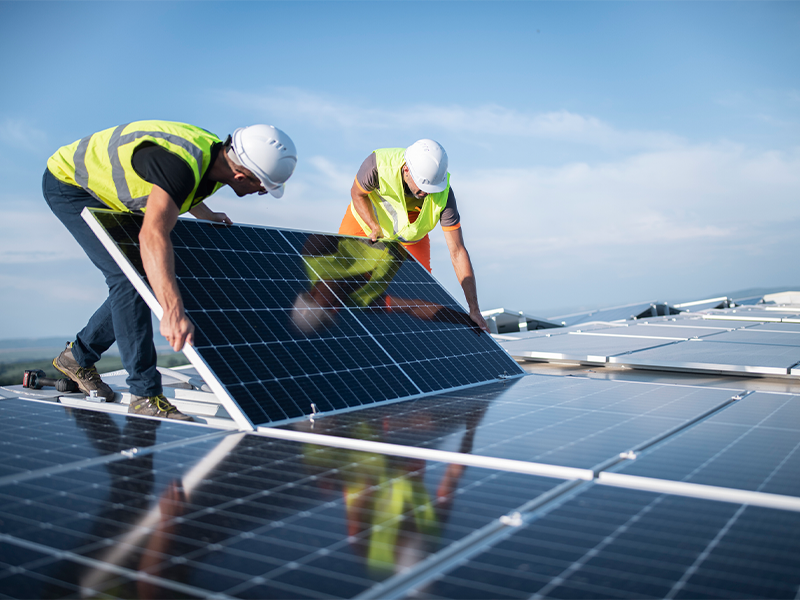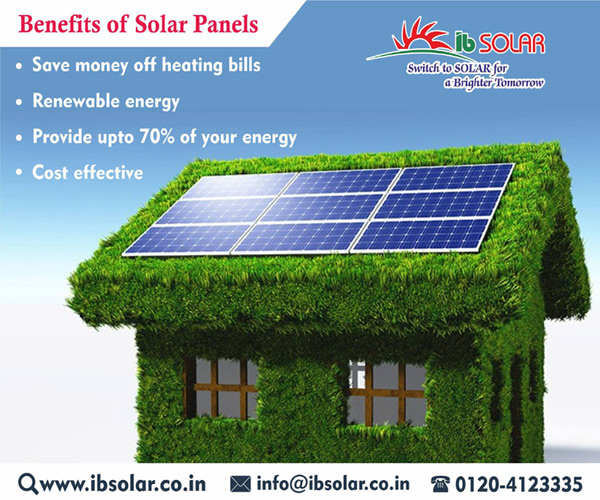Solar Energy 101: A Newbie's Overview to Sustainable Power Solutions
As the globe increasingly moves towards lasting energy remedies, understanding the principles of solar power ends up being crucial for both individuals and organizations. By discovering the advantages of solar modern technology, alongside the monetary rewards and installation processes, one can obtain a more clear perspective on exactly how to properly incorporate this eco-friendly source into their energy strategy.
Comprehending Solar Energy
At its core, comprehending solar energy entails comprehending the essential concepts of how sunshine can be exchanged functional electricity. Solar power is originated from the sunlight's radiation, which can be harnessed with various innovations. The main device for this conversion is the solar effect. This phenomenon takes place when sunlight strikes semiconductor materials, typically silicon-based, within solar batteries. The power from the sunshine excites electrons in the semiconductor, enabling them to flow freely and produce direct existing (DC) electrical power.

Comprehending solar power additionally entails identifying its environmental benefits. By utilizing sunshine, we can mitigate greenhouse gas discharges and reduce air contamination, adding to a more lasting future. The innovations in technology and performance of planetary systems continue to improve their practicality, making solar power an increasingly attractive option for worldwide energy demands.
Kinds Of Solar Energy Equipments
Different kinds of solar energy systems are typically utilized to harness solar power for electrical energy generation. The key classifications include photovoltaic or pv (PV) systems, focusing solar power (CSP) systems, and solar thermal systems.
Photovoltaic systems make use of solar panels composed of silicon cells that convert sunlight directly right into electrical power. These systems are flexible and can be set up on roofs, ground mounts, or incorporated right into structure products.
Concentrating Solar Power systems, on the various other hand, utilize mirrors or lenses to concentrate sunshine onto a tiny area, generating warmth that drives a heavy steam generator to produce electrical power - Simply Solar Illinois. CSP systems are usually released in large nuclear power plant and call for direct sunlight, making them less suitable for cloudy areas

Each type of solar energy system has its distinct characteristics, applications, and suitability depending upon geographical location, energy requirements, and spending plan, making it vital to examine choices based upon particular circumstances. - Simply Solar Illinois

Advantages of Solar Power
Taking view it now advantage of solar power with various systems not just gives a lasting means to create electrical energy but likewise offers a wide range of advantages. One of one of the most substantial benefits is the reduction in greenhouse gas discharges, contributing to a cleaner environment and combating environment change. Solar power is eco-friendly, suggesting it is endless and offered as long as the sun radiates, unlike fossil gas, which are finite and depleting.
Additionally, solar energy can lead to significant expense savings in time. Home owners and organizations can lower their electrical energy costs considerably, and in many cases, they may gain credit scores for excess power created through web metering. In addition, the solar sector produces work, from making to installment, promoting neighborhood economies.
Another compelling advantage is energy self-reliance. By generating their sites very own power, individuals and neighborhoods can lower reliance on external energy sources, enhancing durability versus changing energy rates and supply disruptions. In addition, solar power systems require marginal upkeep, making them a convenient alternative for sustainable energy generation.
Setup Refine Overview
The setup procedure for solar power systems generally involves a number of vital steps that guarantee effective integration right into a building. A detailed site analysis is conducted to examine the roof covering's alignment, shielding, and architectural integrity, which are important to maximizing solar panel performance. Following this assessment, the style phase starts, where Going Here a customized solar energy system is set up based upon the house owner's energy requirements and choices.
Once the style is wrapped up, the required licenses and approvals are gotten from local authorities, guaranteeing compliance with regulations. The actual installation involves installing the photovoltaic panels on the roofing or ground, attaching them to an inverter, and incorporating the system with the building's electrical configuration. This phase may also involve installing battery storage systems, depending upon the design.
After setup, an extensive evaluation is conducted to confirm the system's performance and safety. Finally, the system is commissioned, and homeowners are enlightened on its procedure and upkeep. With the installment full, the solar power system can begin creating renewable resource, adding to sustainability and reducing energy costs. This structured method ensures that planetary systems are both effective and reliable, optimizing their long-term benefits.
Financial Motivations and Savings
Discovering the economic incentives and cost savings linked with solar energy systems can substantially improve the charm of making the button to sustainable power. One of the most remarkable motivations is the federal solar tax credit history, which allows house owners to subtract a percentage of their solar system setup costs from their federal taxes.
In addition to tax obligation credit ratings, many states use refunds that can even more lower upfront expenditures. Some utility firms likewise give performance-based rewards, fulfilling solar power manufacturing gradually. Financing choices, such as solar fundings and leases, enable customers to mount systems with little to no down repayment, making solar power more accessible.

Furthermore, solar systems can boost building values, supplying a solid return on financial investment. On the whole, the mix of incentives and cost savings makes solar power a financially eye-catching choice for many households.
Verdict
In verdict, solar power stands for an essential part of sustainable energy services, offering a pathway towards decreased carbon footprints and enhanced environmental security. Eventually, the change to solar energy not just cultivates eco-friendly responsibility yet additionally advertises financial financial savings and energy self-reliance.